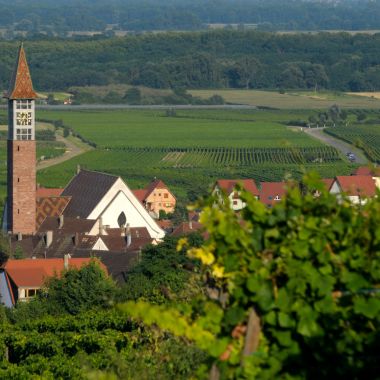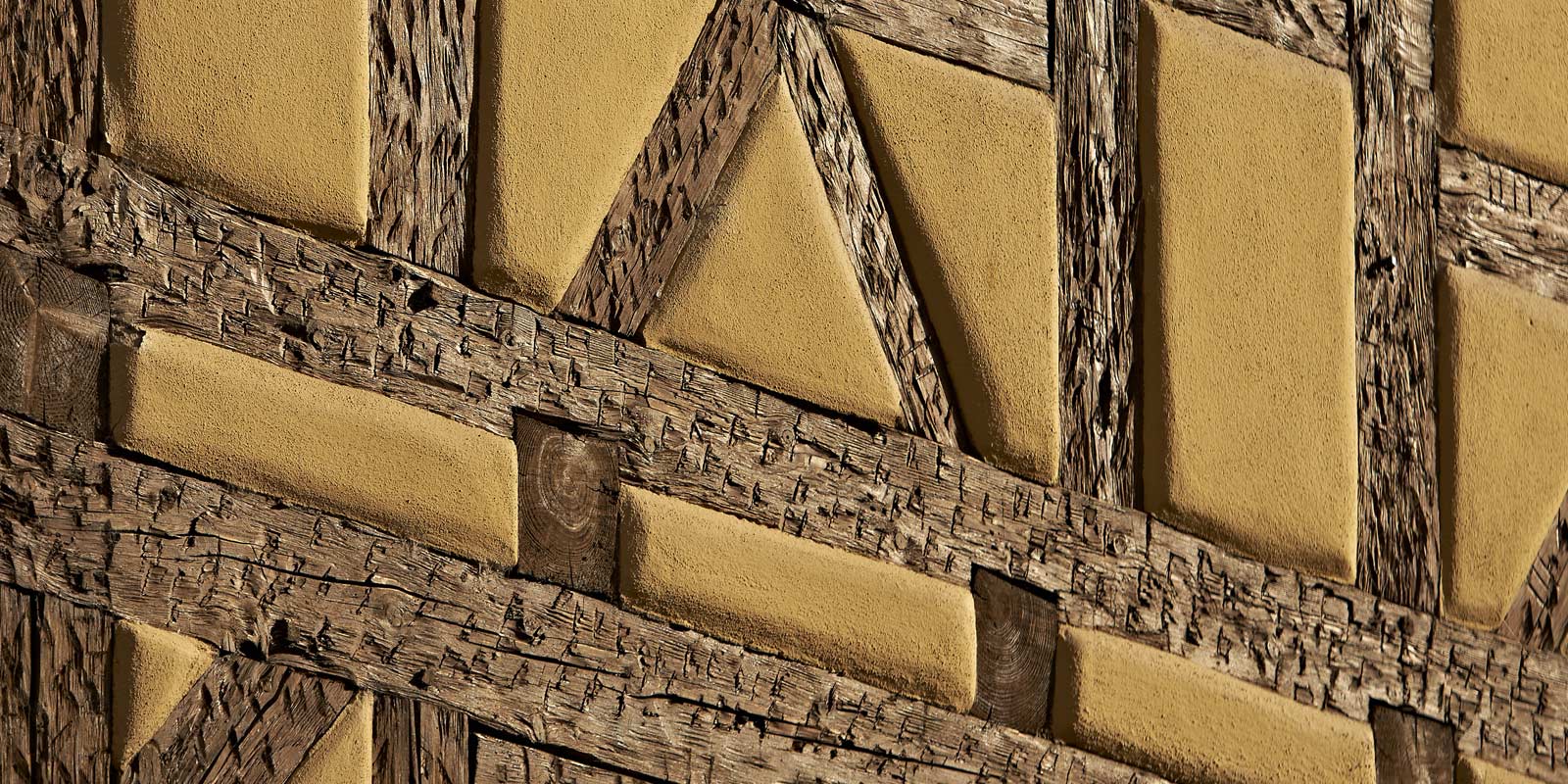Description

Thanks to the fertility of the land and the proximity of the Fecht and Weiss rivers, there is evidence of a human presence as early as the Stone Age.
Stone Age. In 777, Bennwihr is mentioned as "Bebonovillare" in a donation from Abbot Fulrade. In the 11th century, the village of Bennwihr, owned by the Bishop of Strasbourg, was given in trust to the Counts of Horbourg. The Counts of Horbourg, who had no male descendants, sold their property around 1324 to their cousin, Count Ulrich of
Württemberg (Lord of the Holy Roman Empire). In 1332, the Bishop of Strasbourg attacked the town of Riquewihr to recover his seigneury, which included Bennwihr. The Counts of Württemberg agreed to cede Bennwihr and Zellenberg to him in exchange for money, then gave them in fief to the Lords of Ribeaupierre, who acquired them in 1434. Their successors (the Dukes of Birkenfeld-Deux-Ponts) remained owners until the French Revolution. During this
long period, Bennwihr belonged to the Holy Roman Empire, until 1648, when Alsace became part of the Kingdom of France under the reign of Louis XIV under the Treaties of Westphalia. Following the Franco-Prussian War in 1871, Bennwihr, like the rest of the region, was annexed to the newly-formed German Empire under the Treaty of Frankfurt. The 19th century was a period of rapid industrialization: the construction of the first railroad line to cross Alsace provided Bennwihr residents with a new means of communication and led to the village's economic development. The 1st World War (1914-1918) was deadly for the village, which was fighting on behalf of the German Empire: 24 died at the front and many were taken prisoner. In 1919, the Treaty of Versailles united the region with France, until June 1940, when Nazi Germany annexed it de facto: young Alsatians fought for the Greater Reich as forced conscripts, the "malgré-nous", against their will. At the end of the Second World War, in December 1944, Bennwihr was 100% destroyed during the fighting in the "Pocket of Colmar".













